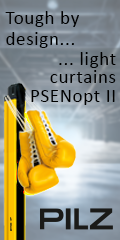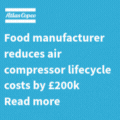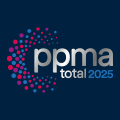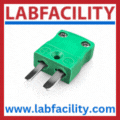
Posted to News on 20th Jun 2025, 13:00
Perfect burger patties every time
Bell Food Group has installed an X39 x-ray inspection system from Mettler-Toledo on its burger patty production line to meet increased requirements for quality control.
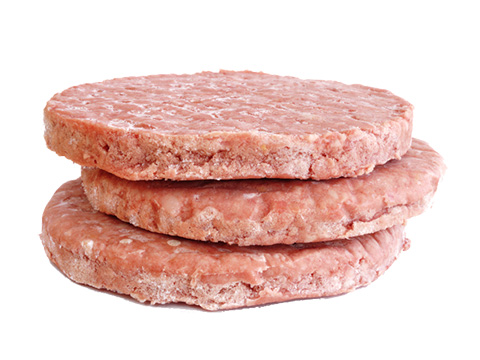
Bell Food Group, based in Switzerland, is one of the major processors of meat and convenience products in Europe. The company has been the exclusive meat supplier in Switzerland, for an international fast-food chain for a number of decades.
An x-ray inspection solution at Bell's Oensingen site in Switzerland checks the customer's burger patties for a wide range of foreign bodies, plus product errors and visual defects, such as patties joined together, holes, dents and product flakes.
Increased customer requirements and demands in terms of quality assurance and production capacity gave Bell the push to rethink the configuration of its production line for burger patties. Bell decided to dismantle the previous line, carry out a hall conversion and replace individual production line components as part of modernisation measures.
"I think x-ray inspection is currently the ultimate extra that we can offer our customers when it comes to detecting foreign bodies in the burger patties," says Niki Berger, who is responsible for the quality management of fresh goods at Bell's Oensingen site. "Along with metallic contaminants, it can detect various additional foreign bodies that are commonly found in meat, including bone and cartilage, as well as stones, high-density plastic or glass. The Mettler-Toledo X39 x-ray system also provides a whole range of other options for checking the patties for product errors and visual defects."
Automated product integrity checks
The X39 casts a strict x-ray eye over well above a million patties a week most of these being the three standard products, which vary in terms of size, form and weight. Ueli Schonenberger, in charge of patty production at Bell, says: "We used to remove patties that were broken or had holes in them from the belt by hand or separate them manually before packaging. With the x-ray inspection system and its integrated control laser, we can now detect and visualise faulty products automatically and reject the relevant patties without manual intervention."
In addition, the line manager defines the tolerance limits for visual defects. The system will inspect for edge defects, flakes on the top or bottom of the patties, as well as holes, cracks and dents.
Detailed error indication
Depending on the variant of burger patty that Bell is producing, the x-ray system will inspect between three and six lanes. If a visual defect is detected, the relevant patty is rejected using multi-lane air nozzles. This significantly reduces the volume of patties rejected in comparison to simpler x-ray system variants that reject the entire batch from production.
"In practice, this means we can first define and save the tolerance parameters for individual reasons for rejection," says Ueli Schonenberger. "Then we can get an extremely detailed picture of how many patties were rejected as the result of foreign bodies such as bone and cartilage or as the result of visual defects. We can therefore reject the patties into different disposal containers, depending on the cause of the error. An image of each individual rejected patty is saved in the image library so that we can analyse exactly where and how the problems occurred".
Once the patties enter the x-ray system its integrated control laser checks if the patties have been separated properly. If the spacing between two patties falls below the minimum spacing of five millimetres, these patties are rejected through a failsafe reject flap and returned directly to the production line in preparation for rework. This minimises product loss and reduces wastage costs.
Meeting audit requirements with complete documentation
Standard settings for tolerance limits are saved in the X39 software for each patty product variant.
"For additional safety measures, once an employee logs into the system, any changes that they are able to make have already been pre-defined depending on their role within the business," says Niki Berger. "All changes that the employee then makes are documented. A further benefit is that this data is available to us together with the inspection results data in digital form. This simplifies not only our internal processes for further process optimisation, but also the quality management documentation for our customers."
The majority of product settings for each patty variant was validated after just over half a year and saved in the X39. Employees therefore only have to select a product from the product library in order to run the inspection process, based on the pre-approved product data. While employees can carry out calibrations and rectify simple defects, line managers have further access options that enable them to carry out additional settings changes on the x-ray system.
Harsh washdown environment
The X39 x-ray inspection system installed on the burger patty production line is IP69-rated and is therefore suitable to undergo intensive daily cleaning processes. The infeed and outfeed belts in the x-ray machine are subject to particular stresses. While the deep-frozen patties tend to slide at belt transition points, the tension of the infeed belts can slacken under the hard water jet pressure in regular washdowns, making readjustment necessary.
Niki Berger sums up "All in all the x-ray technology provides us with enormous benefits in terms of quality assurance, and ensures our customers receive perfect-looking burgers."


